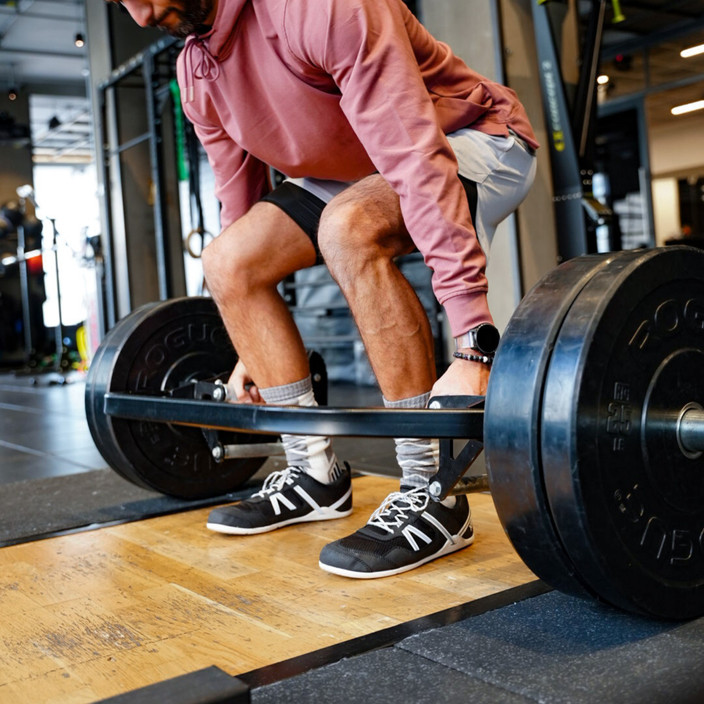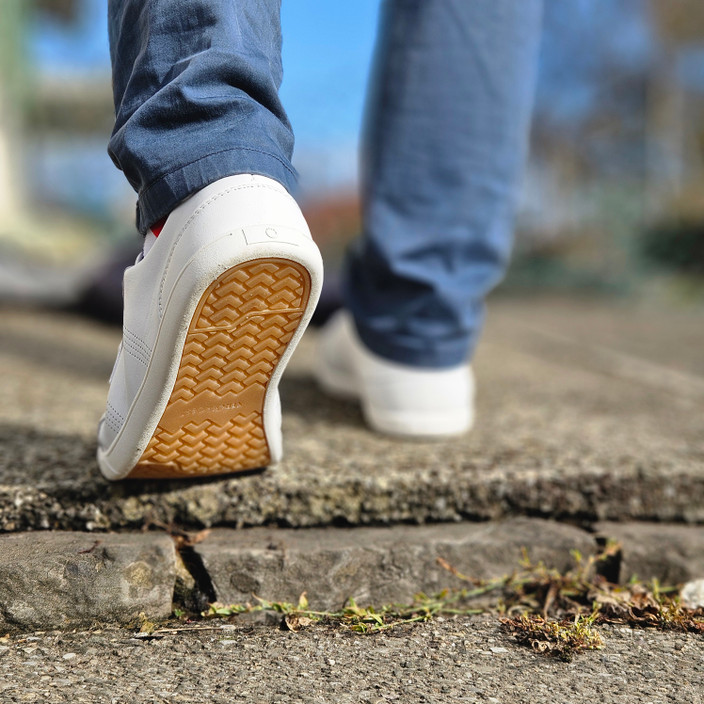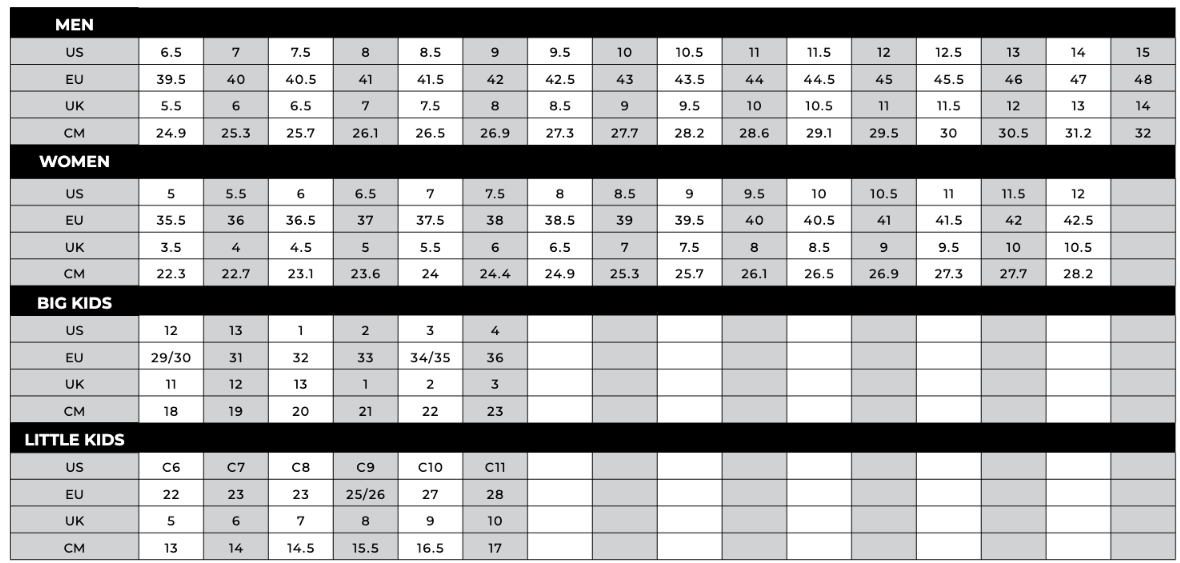How Barefoot Shoes Can Change Your Feet
Posted by Xero Shoes Australia on 7th Aug 2025

Most of us grow up wearing thick, cushioned shoes with narrow toe boxes and structured soles. They might feel comfortable, but over time, that kind of footwear can weaken your feet, restrict movement and change how you walk. Barefoot shoes take the opposite approach, and the impact on your feet can be surprisingly powerful.
Here’s what can actually happen when you switch to barefoot-style footwear.
Your toes can spread out
Traditional shoes tend to squash your toes together, especially at the front. That can affect your balance, make it harder to grip the ground and contribute to problems like bunions or overlapping toes.
Barefoot shoes are designed with a wide toe box that gives your toes room to move. Over time, this can encourage your toes to spread out and realign, helping to improve stability and natural movement.
Your arches start doing their job again
Supportive shoes often take over the role of your arch, which can cause the muscles and connective tissue in your feet to weaken. When you transition to barefoot shoes, your arches have to work again, just like the rest of your body does when it’s not being propped up.
This can help strengthen your feet over time. Many people notice a more defined arch and better foot control after consistently wearing barefoot shoes.
Your foot muscles wake up
There are over 100 muscles, tendons and ligaments in each foot. If your shoes are doing all the work, most of those go underused. Barefoot shoes shift that balance. Because they are flatter, thinner and more flexible, they allow your foot to move, flex and stabilise with every step.
At first, this can feel unfamiliar or even tiring. But as those muscles start to switch on, your feet become stronger, more responsive and better at handling different surfaces and movement patterns.
Your posture and gait can change
Footwear affects more than just your feet. If your heels are constantly raised or your movement is restricted, it can impact your alignment all the way up through your knees, hips and back. Switching to barefoot shoes can help restore a more natural gait. You may find yourself walking with a lighter step, using your feet more deliberately and noticing less tension through the rest of your body.
It's not an overnight shift
The changes don’t happen in a day. If you’ve spent years in cushioned shoes, your feet might need time to adapt. Transitioning gradually, starting with short walks or casual wear, is the best way to let your body adjust.
But over time, many people report less foot pain, better mobility and stronger, more capable feet. It’s not just about what shoes you wear. It’s about giving your feet the chance to work the way they’re built to.




